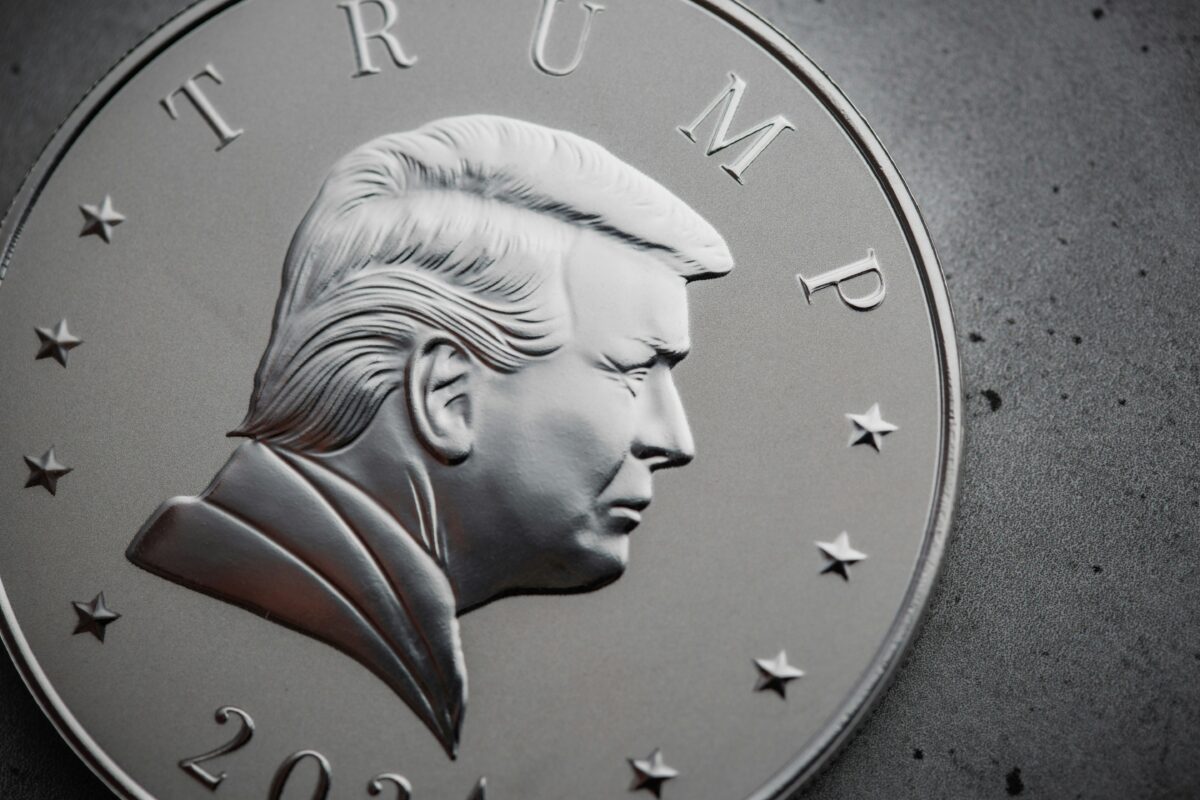Given the current volatility in Asia’s financial markets and the evolving impact of fiscal policies, Kelly Chung, Chief Investment Officer, Multi Assets at Value Partners Group, has commented.
China/Hong Kong equities
“The US kicked off the rate cut cycle with a 50bps cut in September. However, stronger-than-expected job data may hinder the magnitude of the upcoming rate cut. While the US market is breaking an all-time high, there is a lot of volatility coming, including the highly uncertain US election, escalating tensions in the Middle East, and high expectations for Q3 earnings. Therefore, we believe the US market will become increasingly volatile in October and November.”
“On the other hand, China has revealed a surprisingly strong message in reviving the economy via synchronized monetary and fiscal stimulus. The market has rallied dramatically, given the low positioning and valuation gap versus other markets. Foreign flows have come back, but these have been dominated by hedge funds and passive funds. Active long-only funds and institutions are mostly awaiting the details of the stimulus and the US election result before coming back.”
“The momentum in the Hong Kong China market has undoubtedly turned very positive. However, volatility has also dramatically increased with the heated rally. Valuations are closer to their historical average. Although the bullish backdrop will likely remain – as long as the implementation of the stimulus doesn’t fall below expectations – the market is getting closer to fast money profit-taking.”
China A-shares
“Sentiment and activities in the property and stock markets have clearly revived since the reveal of the policy U-turn. Although the consumption data during the National Golden Week is not expected to have many surprises, the market is looking beyond that and more into the recovery in Q4. The stronger RMB also helps with the market momentum. Incoming data, including CPI, money supply, consumption, etc., will be closely watched to evaluate the economy’s recovery.”
Asia ex-Japan equities
“The market is rotating within the region by reallocating from Southeast Asia and India to China. Southeast Asian currencies have reversed the appreciation trend as the USD strengthened, given the stronger job data, and the market has revised its rate cut path from 1.5% to the middle of next year to only 1% by the end of June. The upward shift of the US yield curve may also cap the upside of the Southeast market, as the previous high expectation on rate cuts in these countries may need to slow down, given the slower path in the US.”
“Taiwan and South Korea will remain range-bounded given the consolidation of AI expectations, the shifting sentiment from AI hardware to software, and the pending Q3 results and guidance.”
Emerging market ex-Asia equities
“While China’s surprise stimulus has increased the expectation of better-than-expected demand for industrial commodities, which would support other emerging market countries, the market remains increasingly volatile. The upcoming US presidential election may have significant implications for emerging markets in Latin America and Eastern Europe. The escalating geopolitical tensions in the Middle East are the biggest near-term threat.”
Japanese equities
“The new prime minister is less hawkish than expected, especially since he supports a slower rate hike as the economy is not yet ready to take on higher interest rates. His policies are still uncertain, and there will be an upcoming election again in late October. The Japanese market will remain range-bounded given that the USDJPY has troughed in the near term, but the policy direction of the government is uncertain. Also, the market’s attention has shifted back to China from Japan.”
Asia investment grade bonds
“The upward shift of the US yield curve – given the stronger job data – and the very tight credit spreads made the outlook of Asia investment grade bonds less attractive as the market has become more risk-on.”
Asia high yield bonds
“With sentiment in China taking a U-turn, along with the surprising policies, investors are chasing back to China’s high-yield bonds as they were risk-averse in China. On the other hand, the narrower absolute and relative Asia high-yield spreads are making valuation less attractive.”
Emerging market debt
“Spreads have been at tight levels below historical averages. With increasing uncertainties in the market, the outlook for emerging market bonds remains volatile. Also, the heightened geopolitical risks will continue to weigh on the market.”
Gold
“Gold prices will likely consolidate after breaking their historical high. While the stronger USD will cap the near-term upside, heightened geopolitical risks will support the outlook of gold.”
“In addition to geopolitical worries, investors are concerned about the de-dollarization trend as BRIC countries are developing a new payment system, which will likely continue to support gold prices.”
Multi-asset
“A multi-asset strategy offers lower volatility compared to traditional single-asset or balanced portfolios. However, the correlation between risk assets, such as equities, credits, and commodities, has recently increased dramatically. In an uncertain environment, income becomes an essential source of return for investors.”







